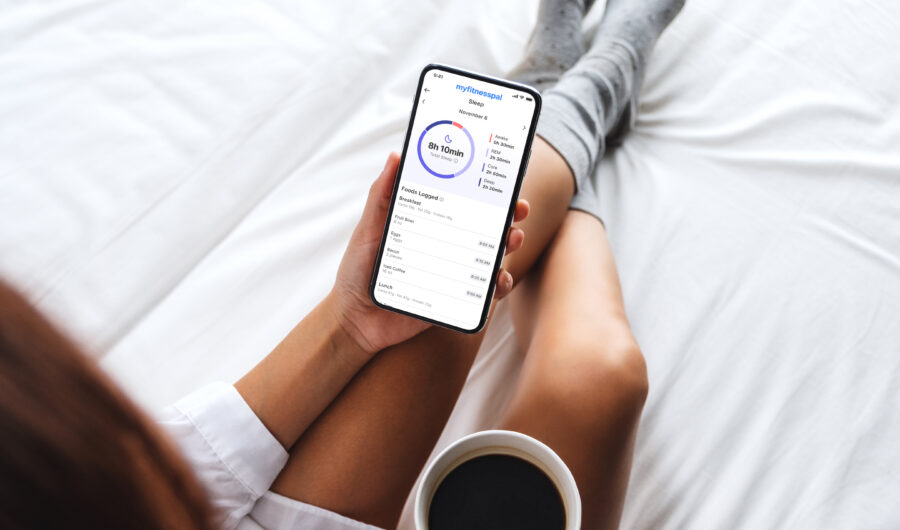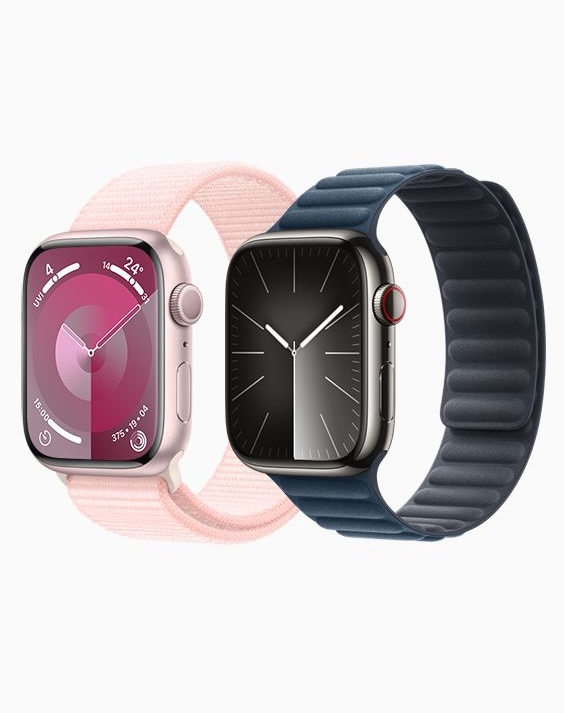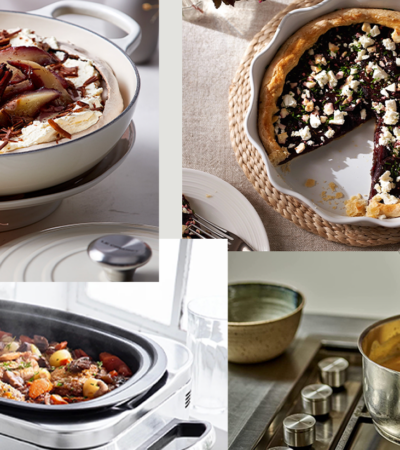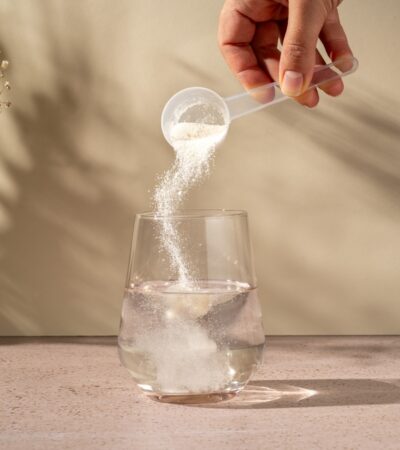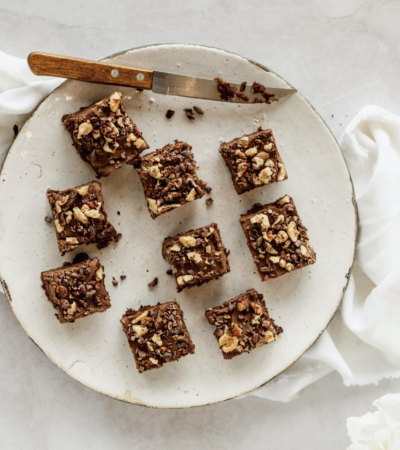Content & Creative Designer and Level 3 PT, Isabelle Shury delves into how MyFitnessPal it is much more than just a calorie counter.
You can’t out-train a bad diet. No matter how fiercely you exercise or how many steps you rack up on your step count. Nutrition is the key to health and every element of how we move, how we feel, how we look and how we sleep stems from what we choose to nourish our bodies with.
Calorie counting can often get a bad rap for provoking restrictive eating habits but tracking your food delves into a plethora of insights that will help educate you and leave you better informed to make healthier choices when it comes to meal times. The app that has dominated the food tracking world since 2005 is MyFitnessPal, rated the #1 global nutrition and food tracking app.
What I’ve come to learn about the app recently is that it’s so much more than just a food tracker. MyFitnessPal ultimately joins the dots to each element of your well-being, and the brand-new sleep feature is the cherry on top. MyFitnessPal seamlessly integrates with all major fitness trackers and Apple Health to log all your health and fitness data in one place that is easy to navigate and simple to digest. Delving deep into your nutrition, MyFitnessPal allows you to set customised goals, unique to your body and personal nutrition.
As a PT and somebody who has experienced the benefits of tracking my food, I’d say it’s the one change that will surprise you the most when it comes to making positive lifestyle changes. I don’t doubt that many of my clients or any H&H readers are eating ‘unhealthily’ per se, but the macro breakdown that MyFitnessPal gives you insight into will fundamentally change the food choices you make to align with your goals. Yes, calories will be one of the readings shown when you track your daily food intake but what I’m more concerned about is the macros and nutrients breakdown. Now if this is foreign to you, your macros consist of your carbs, proteins and fats. MyFitnessPal will work out your personalised maintenance calories depending on whether you’re looking to lose, gain or maintain weight, or build muscle and lose fat. The app will set you a personalised macro breakdown that will determine how many grams as a percentage you need to hit of each. From there, you’ll be able to keep a food diary that is super easy to log, with a handy barcode scanner and a meal scanner that uses AI to detect what is in your meal (this is not 100% accurate but gives a rough idea and is useful when you’re not sure what’s in your meal). The other original way works perfectly fine too, you simply search for the food type and then enter the amount.
Aside from macros, MyFitnessPal also gives a full breakdown of your full nutrition, displaying insight into details you’d properly not have the foggiest idea of judging over the course of an entire day. I keep a close eye on making sure I don’t exceed on sugar, saturated fats and sodium, plus I’ve become so diligent in making sure I hit my daily goal of 30g of fibre, keeping my gut health in check (top tip: beans are the BEST for fibre and help me hit my protein goal). The score on your vitamins and minerals is also a key indicator to show you what you may need to supplement if you’re lacking it in your diet.
All this information may sound overwhelming but honestly, knowledge is power when it comes to nutrition. There may be some simple changes you can make to hit those all-important nutrition goals; a little sprinkle of nuts and seeds into your salad to increase your healthy fats and protein, swapping an apple for a pear to help increase your fibre intake, ditching bog standard bread for rye bread to reduce sugar and also add fibre or wilting spinach to your morning scrambled eggs to increase your iron intake. Notedly, once you have an understanding, eating this way will become more intuitive. I actually find it interesting that food tracking can be associated with restrictive eating, what I’ve learned is that it is more conducive to adding foods (albeit health-focused) into your diet to get as much variation as possible and MyFitnessPal helps you navigate what key nutrients you’re lacking to make those necessary changes.
I track my health data using a plethora of devices to feedback on all the stats and data to gain as accurate insight as possible. First up, the mecca of all devices is the iPhone 15 Pro, which houses all my data and allows me to navigate my way through. Then, I wear the Apple Watch Series 9 which I find most useful for tracking my fitness, especially when it comes to running. Finally, I’ve recently started wearing a WHOOP Band which gives a detailed account of sleep and relays a ‘Strain’ score to optimise performance. Together, using MyFitnessPal too, I can gain a complete 360-degree view into my wellbeing, delving into fitness, nutrition and sleep.
In recent years, we’ve become fixated on our sleep, and it makes sense with a hefty 43% of Brits admitting they never get enough sleep. The new sleep integration on MyFitnessPal refines tracking your sleep one step further to assess what foods may be impacting how well or not your slumber score reads. You’ll need a tracking wearable, such as a Whoop (my personal favourite for tracking sleep), Apple Watch, Google Pixel watch, Oura, Sleep Cycle, Pillow, Withings, Sleep++, Auto Sleep, Garmin or Fitbit, to get the most out of this function. Relaying in-depth, reliable stats about your night’s rest, trackers are essential to correctly analyse how much of that all-important REM sleep you racked up. This data is then compared against your diet choices to measure how food patterns are affecting sleep.
The knock-on effect of a bad night’s sleep leads to a lack of energy, which impacts exercise, mood and productivity. Sleep deprivation can often encourage poor food choices the following day too, with sugar cravings heightened due to increased ghrelin levels. Tackling the problem from the root, MyFitnessPal’s new sleep function shines a light on the connection between nutrition and sleep, to guide you to make better choices to promote quality rest.
Alongside the new sleep function, the Eat Right Sleep Tight plan aids users in breaking the cycle of doomed sleep with a 5-day programme that addresses meal timing, hydration and a bedtime routine for a restful, restorative night’s sleep. Curated alongside Neurologist and Sleep Specialist, Dr. Chris Winter.
We asked Dr. Chris Winter his top tips for better sleep…here are his do’s and don’t’s for nailing your sleep routine:
- Find a cut-off for caffeine consumption that works for you and stick to it.
- Don’t go to bed hungry.
- Try to stick to consistent meal times.
- Heavy, spicy and fatty foods late at night don’t usually provide the best night’s sleep
- Create circadian triggers for yourself. For example, if you drink a cup of chamomile tea 30 minutes before bed, that will send a trigger to your brain that it’s nearing sleep time.
- Find a sleep ritual that works for you – even if it involves watching a bit of TV before bed. There’s no one-size-fits-all all.
Changing the narrative on the negative connotations around food tracking, this invaluable tool could be the missing piece to what has prevented you from reaching your health goals in the past. Connecting all aspects of your health and wellbeing, MyFitnessPal is an all-encompassing platform that gives you personalised insights into how you fuel your body correctly to ultimately help you feel the best version of yourself.
THE WEARABLE EDIT
Words by Isabelle Shury

